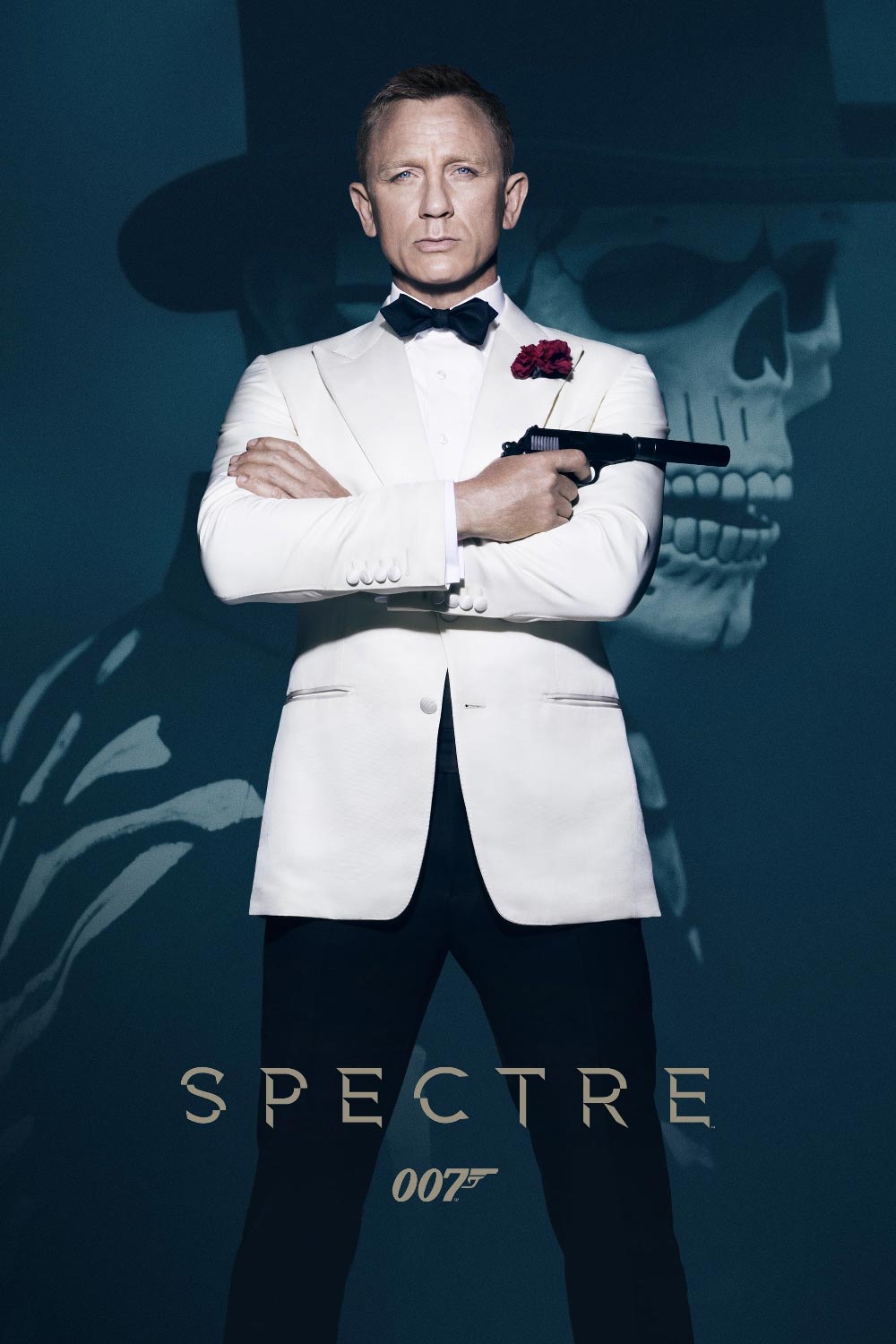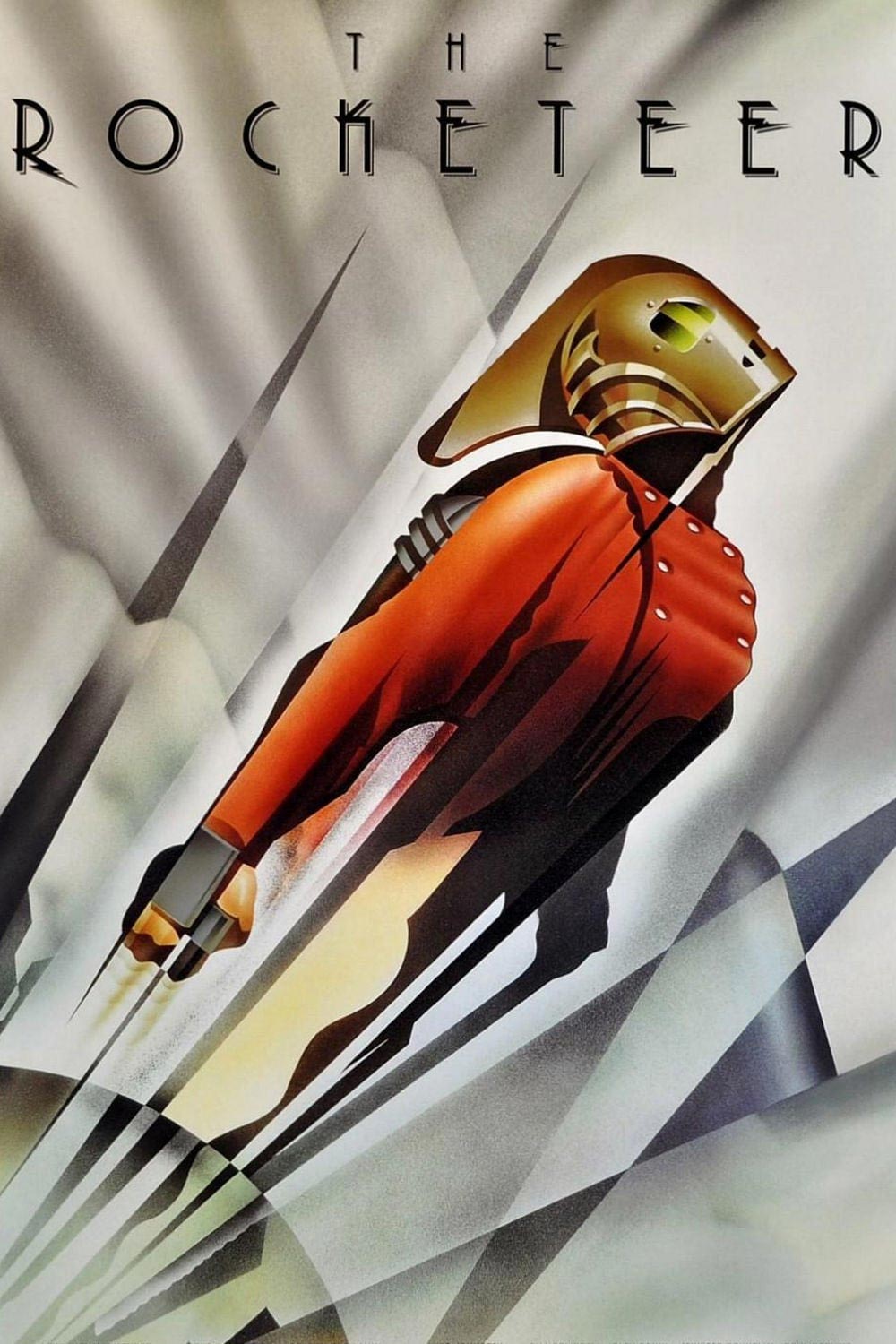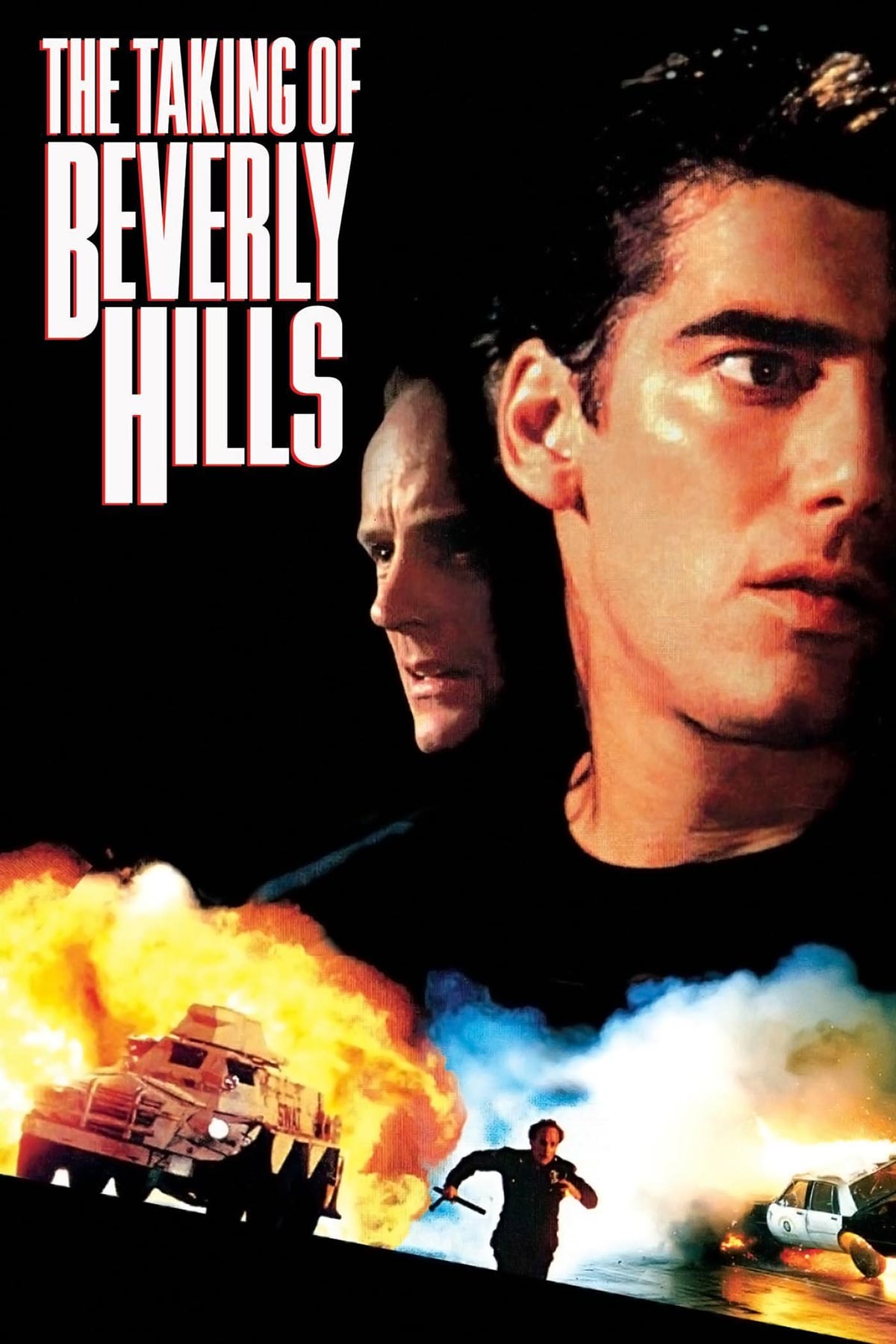Published on
For me, “Licence to Kill” was the first James Bond movie I was truly aware of when it hit theaters. At 11 years old, I was tuned into pop culture—recording songs off the radio, watching TV shows that featured music videos, and catching movie coverage wherever I could. The theme song was a huge hit, and it was probably on one of my cassette tapes. Because of that, “Licence to Kill” will always hold a special place in my heart, if only for the sheer nostalgia it brings.
In “Licence to Kill”, James Bond goes rogue after his longtime friend, CIA agent Felix Leiter, is brutally attacked by drug lord Franz Sanchez. Defying MI6 orders, Bond embarks on a personal vendetta to dismantle Sanchez’s powerful drug empire. Infiltrating the cartel, he gains the trust of Sanchez while secretly orchestrating its downfall from within. With the help of Pam Bouvier, a resourceful CIA informant, and Q, who provides him with unorthodox gadgets, Bond navigates a deadly game of deception and revenge.
Dalton continues the grittier take on Bond that he introduced in “The Living Daylights“. With “Licence to Kill” being almost a classic revenge story, there’s little room for humor or the usual quippy dialogue. I say almost classic because, unlike most revenge-driven protagonists who take out their enemies with brute force, Bond plays a more strategic game. Instead of killing Sanchez’s men himself, he masterfully manipulates the drug lord’s paranoia, causing him to turn on his own henchmen—ultimately dismantling his empire from within.
“Licence to Kill” is arguably the most grounded and gritty James Bond film—at least until the Daniel Craig era redefined the character. It leans heavily into the brutal, R-rated action aesthetic of the ’80s, featuring scenes of people being whipped, fed to sharks, and even tossed into an industrial shredder. Yet, it’s all shot just carefully enough to skirt an R-rating, making it one of the most intense entries in the series while still staying within the franchise’s traditional limits.
Despite going rogue and seeking revenge on a Colombian drug lord, “Licence to Kill” still weaves in plenty of classic Bond tropes. There’s a stylish casino scene, a seductive entanglement with the villain’s lover, and, of course, jaw-dropping stunt work. Bond even gets some help from Q, who plays a surprisingly large role in his mission. In fact, Desmond Llewellyn gets more screen time and involvement here than in all his other Bond films combined, making this a rare treat for fans of 007’s beloved gadget master.
“Licence to Kill” features two distinct Bond girls: Lupe Lamora (Talisa Soto) and Pam Bouvier (Carey Lowell). Lupe is the sultry, exotic love interest caught between Sanchez and Bond, while Pam is Bond’s fiercely capable ally, backing him up throughout his mission. Talisa Soto embodies the classic Bond girl look, but Carey Lowell breaks the mold with her cropped pixie cut—a bold choice that makes her stand out in the franchise. Not only does the style suit her perfectly, but she may have even set the stage for similar iconic short-haired looks, like Demi Moore in “Ghost” and Erika Eleniak in “Under Siege“.
One of the standout aspects of “Licence to Kill”, particularly when it comes to the villains, is the sheer amount of screen time they receive—especially Franz Sanchez, played with menacing charm by Robert Davi. From the opening scene to the explosive finale, Sanchez is a constant presence, and as Bond gradually gains his trust, his ruthless nature is put on full display. Unlike many Bond villains, he doesn’t rely on over-the-top gimmicks; instead, his cold-blooded cruelty makes him a formidable adversary. Of course, he has an army of henchmen at his disposal, including some recognizable faces like Benicio Del Toro, Everett McGill, and Wayne Newton. They’re just a few of the many familiar names in the cast, which also includes Frank McRae, Priscilla Barnes, and Cary-Hiroyuki Tagawa.
The best aspect of “Licence to Kill” is undoubtedly the stunt work—often the saving grace of even the weakest Bond films. The movie kicks off with an impressive aerial stunt that seamlessly integrates Timothy Dalton into the action. But the real showstopper is the high-octane finale: a thrilling tanker truck chase featuring heat-seeking missiles, a plane, jeeps, and treacherous mountain terrain. It’s a spectacular sequence that serves as a fitting climax to an already action-packed film.
However, some elements keep “Licence to Kill” from ranking among the very best Bond movies. Dalton plays Bond with intense seriousness, which, while fitting the film’s darker tone (especially after Felix Leiter’s gruesome fate), strips away some of the charm and fun typically associated with the character. This results in a Bond that leans more toward a generic ’80s action hero than the world’s suavest spy. Speaking of Leiter, his miraculous survival after being fed to sharks undercuts Bond’s quest for vengeance, making it feel a bit less justified. Sure, his wife Della is murdered, but this only leads to an awkwardly upbeat scene at the end where Bond and Felix share some friendly banter—despite the fact that Felix just lost his new bride.
Ultimately, “Licence to Kill” is bound to be divisive, given how much of a departure it is from the traditional Bond formula. But as a standalone action film, it holds up well, delivering plenty of the thrilling elements that still make it unmistakably Bond.








